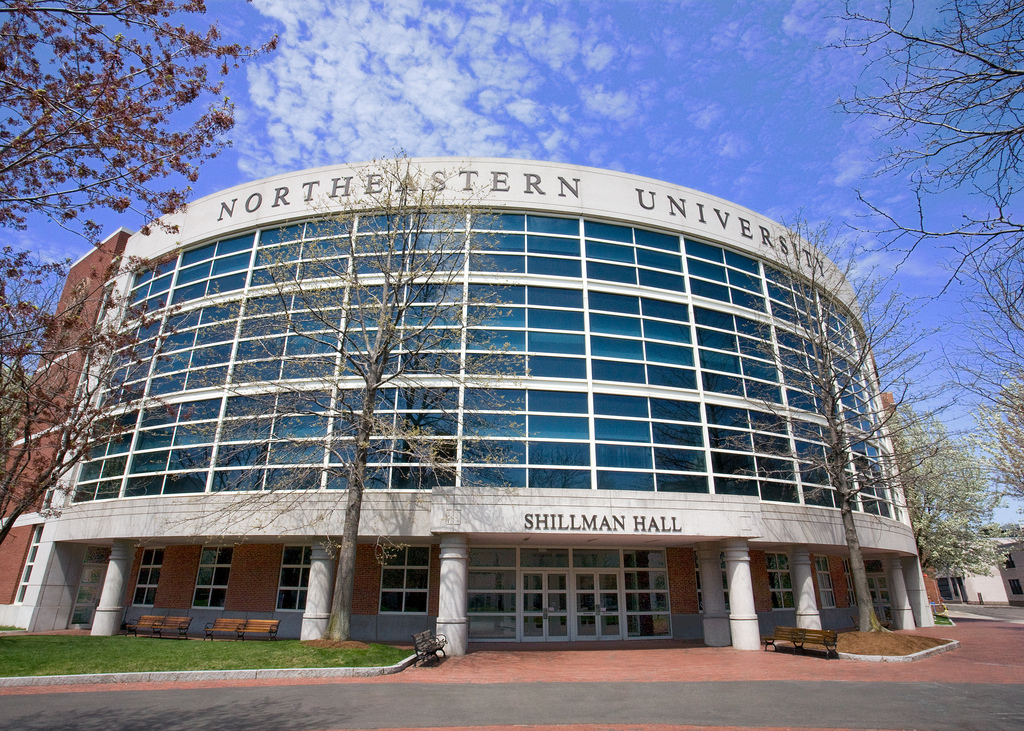
New graduate program helps mid-career journalists acquire new storytelling skills
Jeff Howe is assistant professor of journalism and director of the Media Innovation Program at Northeastern University. Below, he writes about the new track for the Master of Arts in journalism, which is supported by Knight Foundation. Photo credit: Flickr user Massachusetts Office of Travel and Tourism.
Like a stock market crash, disruption creates its own brand of delusion. I remember spending an afternoon sipping iced tea in the Beverly Hills backyard of a seasoned music executive. It was 2003. Revenues from CDs had cratered, and the labels couldn’t figure out a way to compete with free. Panic was in the air, but not here. “The music business is booming,” he said. “It’s the recording industry that’s [in trouble].” Propelled by new distribution channels and cheap-but-powerful audio editing software, more musicians were reaching more audiences than any previous time in history. The delusion, of course, was conflating business with creation.
So it is with storytelling. Making money off journalism has become more difficult, but finding passionate audiences for true stories well told has never been easier, or more exciting. Journalists have access to more information, more tools, more mediums and more venues than our predecessors could have ever imagined.
At Northeastern University, we’re changing journalism education to reflect this new reality. The plain truth is that the skills journalists need lie outside the traditional curriculum of journalism. An interdisciplinary grad program isn’t just an option; it’s a necessity. In September, thanks to the support of Knight Foundation, we will launch the Media Innovation Program. We have one goal: to retrain storytellers for the 21st century, whether that means teaching them Web design, social media, data visualization or game theory. We can do this because Northeastern hosts some of the finest instructors in all these fields.
Here’s how the media innovation track program will work for the master’s in journalism: Students attend for three semesters. Before classes begin they will work closely with advisers within the journalism school to propose the project that they will develop throughout their tenure in the Media Innovation Program. Students will identify one domain—the concentration—of study outside journalism, be that business or programming or videography. The majority of his or her classes will take place inside this department. Once a week they will come together in the seminar, an intensive course led by one of our top-notch digital practitioners that helps individual students apply their new skills to their project. In the last semester we will work closely with each student and our publishing partners to place their projects with outlets such as The New York Times, NPR, ProPublica or The Boston Globe.
The early response to the program has been tremendous. When I presented a rough sketch of our ideas at the Future of News conference in December 2012, representatives from several major media outlets said they would be interested in hiring the program’s graduates. However, the Media Innovation Program isn’t just an opportunity for journalists to develop skills that will enhance their work and increase their value to traditional news organizations and new media venues; it’s also a way for the School of Journalism to expand its networks and create deep, meaningful connections with other academic departments and news outlets in Boston and worldwide. We’ve already started offering courses in collaboration with the Art + Design program at Northeastern, as well as Laura and Chris Amico of Homicide Watch. We’re also looking forward to partnerships with organizations such as the Civil Rights and Restorative Justice Project at Northeastern University School of Law.
Our goal with the Media Innovation Program is to empower journalists to think creatively about the future of the news, and provide the tools they need to realize their goals. At the same time, we hope to create a laboratory space that existing organizations can use to explore new ideas and new approaches to journalism. We’re at the beginning of our journey, but we’re excited about the road ahead.
Recent Content
-
Journalismarticle ·
-
Journalismarticle ·
-
Journalismarticle ·


